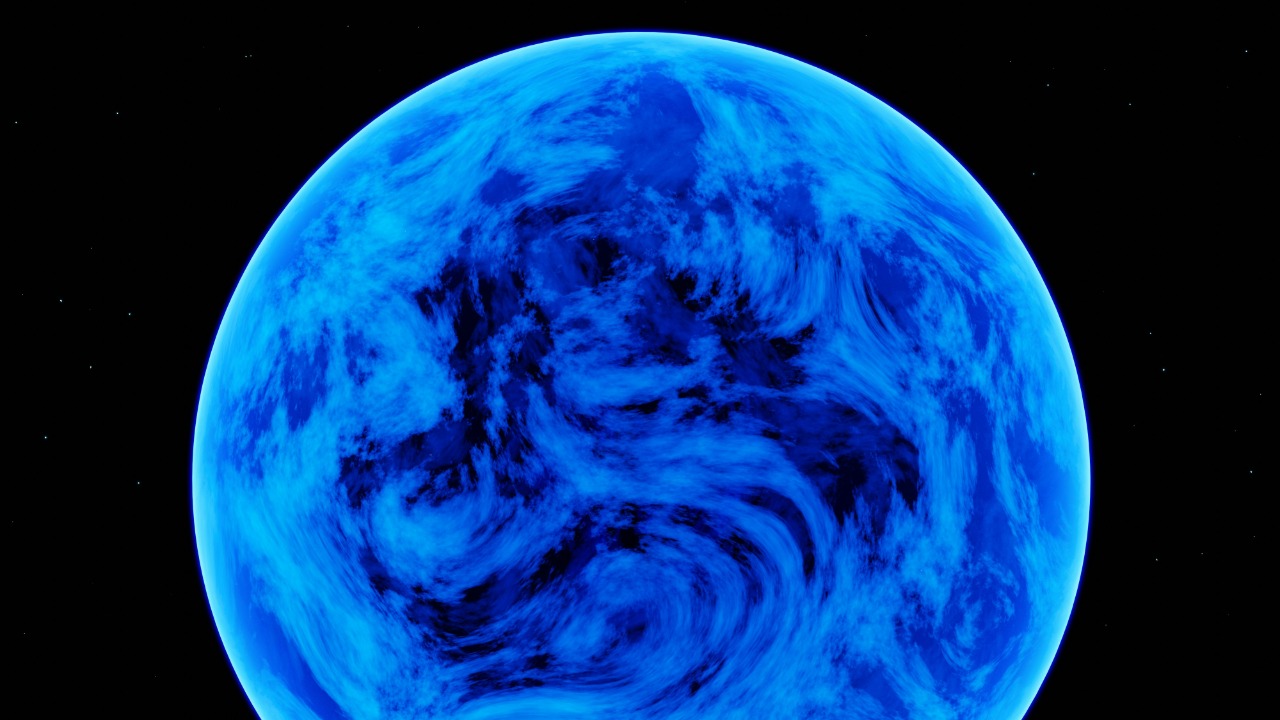
Astronomers have made a groundbreaking discovery on November 8, 2025, that challenges previous models of planetary water formation. They have uncovered how certain exoplanets generate their own oceans through internal geological processes. This revelation, involving core-mantle interactions, could explain the presence of water on worlds far from their stars, opening new possibilities for assessing habitability on distant planets.
The Breakthrough Discovery
The astronomical team responsible for this discovery has played a crucial role in modeling planetary interiors to uncover the processes that lead to the formation of oceans. They used advanced simulation techniques to demonstrate how water can be released from hydrated minerals under high pressure. This discovery resolves long-standing questions about the origins of water on rocky exoplanets, providing a new perspective on planetary science. More details about this breakthrough can be found in the original announcement.
Mechanisms of Internal Water Generation
The process of internal water generation involves the diffusion of hydrogen from a planet’s core into its mantle. Here, it combines with oxygen to form water. This process is facilitated by serpentinization, a geological phenomenon that releases bound water from rocks during tectonic activity. The temperature and pressure thresholds that trigger these reactions have been detailed in the recent reporting, providing a comprehensive understanding of how these internal oceans are formed.
Types of Planets Affected
Super-Earths and mini-Neptunes are the primary candidates for self-generated oceans due to their dense compositions. Planets with silicate mantles and metallic cores are most conducive to this phenomenon. Observational data from telescopes have confirmed water signatures on such worlds, reinforcing the validity of this model. More information on these observations can be found in the same report.
Implications for Exoplanet Habitability
This discovery has significant implications for the concept of habitability on exoplanets. Internal oceans could potentially sustain life without the need for proximity to a star, expanding our understanding of the habitable zone. There is also the potential for subsurface biospheres similar to those found on Europa or Enceladus, but on a planetary scale. This discovery, made on November 8, 2025, marks a pivotal update to astrobiology research.
Observational Evidence and Future Missions
Spectroscopic detections of water vapor on candidate exoplanets provide further support for this model. Future telescope observations, such as those from the James Webb Space Telescope, will aim to verify these internal water sources. The methodological details of these observations can be found in the foundational study.
Broader Cosmic Context
This discovery also provides a broader cosmic context, offering a new perspective on Earth’s ocean formation. While Earth’s oceans are believed to have formed via comet impacts, this discovery suggests that internal processes could also contribute to ocean formation. This breakthrough, made on November 8, 2025, reshapes our understanding of water distribution across the galaxy and challenges existing planetary science paradigms.
More from MorningOverview